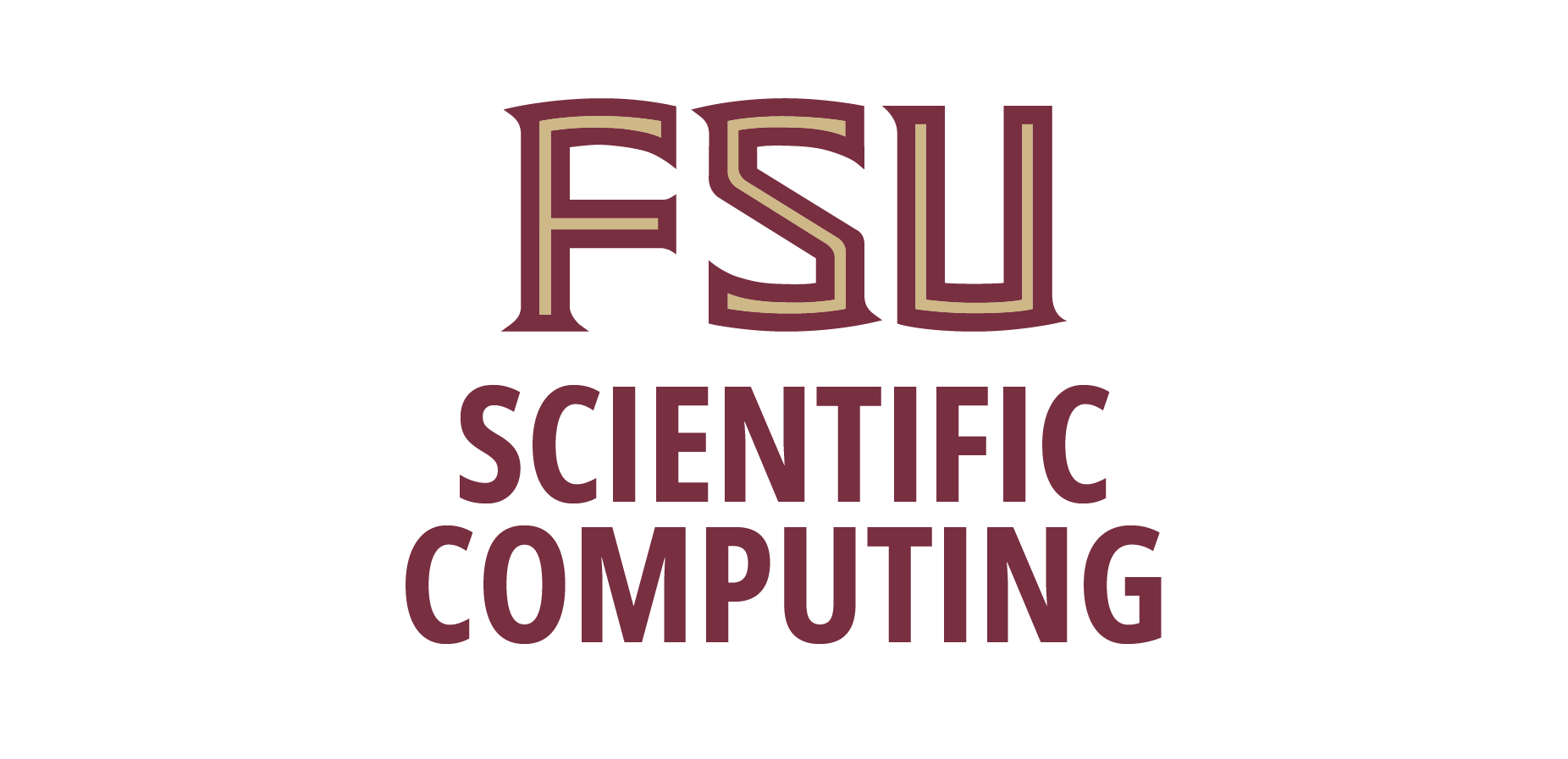Peter Hoeflich
Department of Physics,
Florida State University
"Physics and Numerical Challenges in Thermonuclear SNe"
Wednesday, Oct 23, 2024
Abstract:
Thermodynamical Supernovae, so called SNe Ia, are one of the keys to high precision cosmology and to decipher the nature of the dark energy and matter. Moreover, they provide a playground for numerical astrophysical processes for an, apparent, diverse group of explosions of White Dwarf stars.
What we observe as SNe Ia are low-energy photons, light curves and spectra, some days to months after the explosion is the light emitted from a rapidly expanding, envelope with 3D abundance imprints of the explosion from a low density and temperature plasma with population numbers far from thermodynamical equilibrium. The low-energy LCs and spectra are powered by radioactive decays producing hard X- and gamma-photons, and positrons with energies in the MeV-range. The transformation of high to low-energies involves particle cascading to low energy and, eventually, ionization of inner-shell electrons in a cold plasma, Auger effects etc. Modern observations from the UV (HST) to the MIR (JWST) provide direct probes but demand complex radiation and particle transport, hydrodynamical simulations. Taking the complexity of the problems, the resulting synthetic spectra depend on details of physics and approximation.
We identify the link between high-energy and low-energy particles and photons as a main source for discrepancy. E.g. using the a) common assumption of energy distribution according to the electrons, b) cascading down of the high-energy leptons via the Spencer Fanu equation and c) full Monte Carlo treatment including ‘shielding’ of the non-thermal lepton cascade. We show that changes in the spectra by a), b) and c) produces larger variations than the underlying explosion physics. With observations as benchmark, we found c) to give good agreement and allows to identify and constrain the conditions where the explosive flame starts and its propagation.

